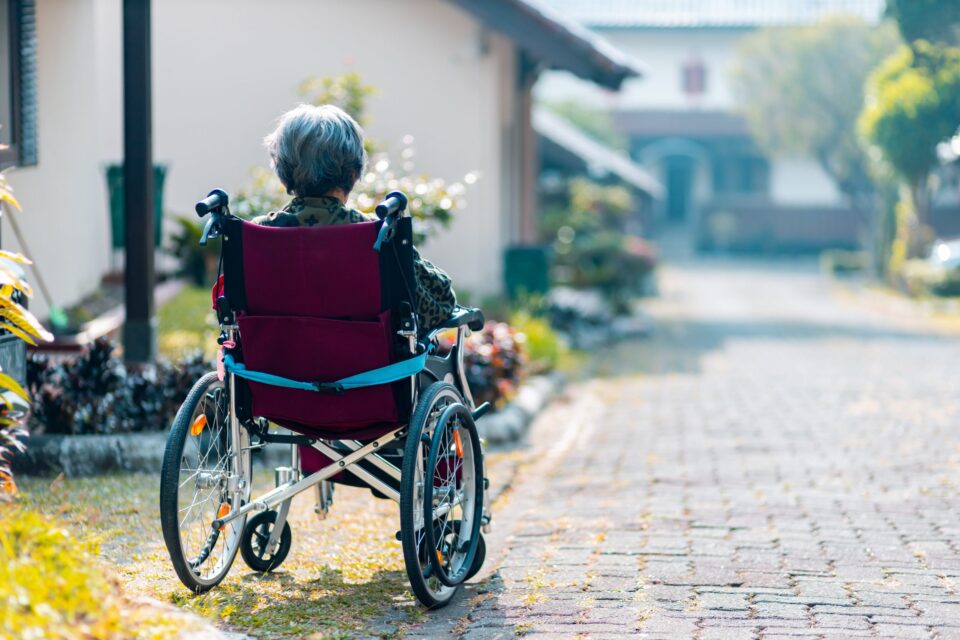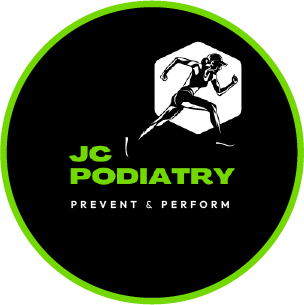Minor Procedures
Ingrown toenails can be painful and persistent, but relief is possible with expert care. At JC Podiatry, we offer safe, effective minor procedures to treat ingrown nails and prevent recurrence. Whether you need a partial or full nail removal, we’ll guide you through the process with care and precision.
Ingrown Toenail Treatment and Minor Nail Surgery
What is an ingrown toenail?
An ingrown toenail, or onychocryptosis, occurs when the edge of the nail grows into the surrounding skin. This can lead to pain, swelling, redness, and sometimes infection. It most commonly affects the big toe and can make walking or wearing shoes uncomfortable.
Common causes include:
- Improper nail trimming
- Tight or ill-fitting footwear
- Repetitive pressure or trauma (e.g. from sport)
- Genetic predisposition (e.g. naturally curved nails)
If left untreated, an ingrown toenail can worsen and lead to infection or ongoing discomfort. Fortunately, minor surgical procedures can provide lasting relief.
Treatment Options at JC Podiatry
At JC Podiatry, we offer two minor surgical procedures to treat ingrown toenails: Partial Nail Avulsion (PNA) and Total Nail Avulsion (TNA). Both are performed under local anaesthetic and are safe, effective, and minimally invasive.
Partial Nail Avulsion (PNA)
A Partial Nail Avulsion involves removing only the section of the nail that is causing the problem. This is the most common and conservative surgical option for ingrown toenails.
What to expect:
- The toe is numbed with a local anaesthetic
- A small portion of the nail is carefully removed
- A chemical (usually phenol) may be applied to the nail matrix to prevent regrowth of the problematic section
- The procedure takes around 15–20 minutes
- Most patients experience immediate relief
This option is ideal for recurring ingrown nails affecting one side of the nail.
Total Nail Avulsion (TNA)
In more severe or chronic cases, a Total Nail Avulsion may be recommended. This involves removing the entire nail plate.
Key points:
- The procedure is similar to a PNA but involves full nail removal
- A chemical may be applied to prevent regrowth, depending on the case
- Healing time is slightly longer, but the procedure is still low-risk and well-tolerated
TNA is typically reserved for nails that are severely deformed, repeatedly infected, or causing significant pain.
Aftercare and Recovery
Following either procedure, we’ll provide detailed aftercare instructions to support healing and prevent infection. This includes:
- Keeping the area clean and dry
- Dressing changes as advised
- Monitoring for signs of infection
- Avoiding tight footwear during recovery
Most patients can return to normal activities within a few days, though high-impact sports or water exposure may need to be paused temporarily.
Why Choose JC Podiatry?
We understand that the idea of nail surgery can be daunting – but our experienced team is here to make the process as smooth and comfortable as possible. We take the time to explain your options, answer your questions, and ensure you feel confident in your care.
Serving Palmerston North, Manawatū, and the wider Tararua region, JC Podiatry is your trusted provider for minor podiatric procedures.

